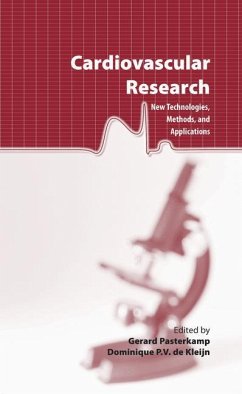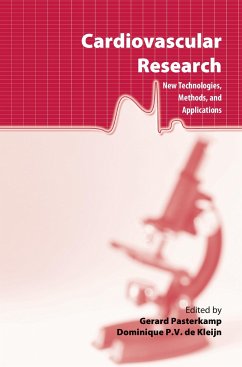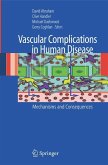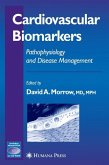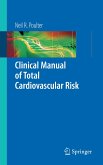The last decade, technical improvements will have changed the inventory of many research laboratories. New techniques and discoveries continuously give rise to observations that consequently result in the definition of new research objectives. In the past, research departments used to be clearly demarcated. Nowadays, technology that is shared by all lines of research stimulates convergence of research interests. This also applies to cardiovascular research. Vascular occlusive disease is now core business for researchers employed by cardiology, vascular surgery, vascular medicine, radiology, cell biology, chemistry, physiology and many more departments. Knowledge on actual research developments are shared by researchers with different skills.
It is sometimes difficult to acquire expertise when a researcher feels his experimental work could be improved by introducing a new research technique. In this book the investigator will find an overview of recent developments that are relevant for research in general but cardiovascular research in particular. Genomics, proteomics, micro-array, RNAi, stem cells and progenitor cells: just some phrases that became increasingly prevalent in literature the last couple of years and that are recognized by many, but fully understood by few. In this book experts in their research fields will share the most appreciated new developments and techniques in cardiovascular research. We hope that this book will help the reader, who is working in cardiovascular research, to understand and critically appreciate current research and that it will help improve the quality of the experimental work.
It is sometimes difficult to acquire expertise when a researcher feels his experimental work could be improved by introducing a new research technique. In this book the investigator will find an overview of recent developments that are relevant for research in general but cardiovascular research in particular. Genomics, proteomics, micro-array, RNAi, stem cells and progenitor cells: just some phrases that became increasingly prevalent in literature the last couple of years and that are recognized by many, but fully understood by few. In this book experts in their research fields will share the most appreciated new developments and techniques in cardiovascular research. We hope that this book will help the reader, who is working in cardiovascular research, to understand and critically appreciate current research and that it will help improve the quality of the experimental work.

